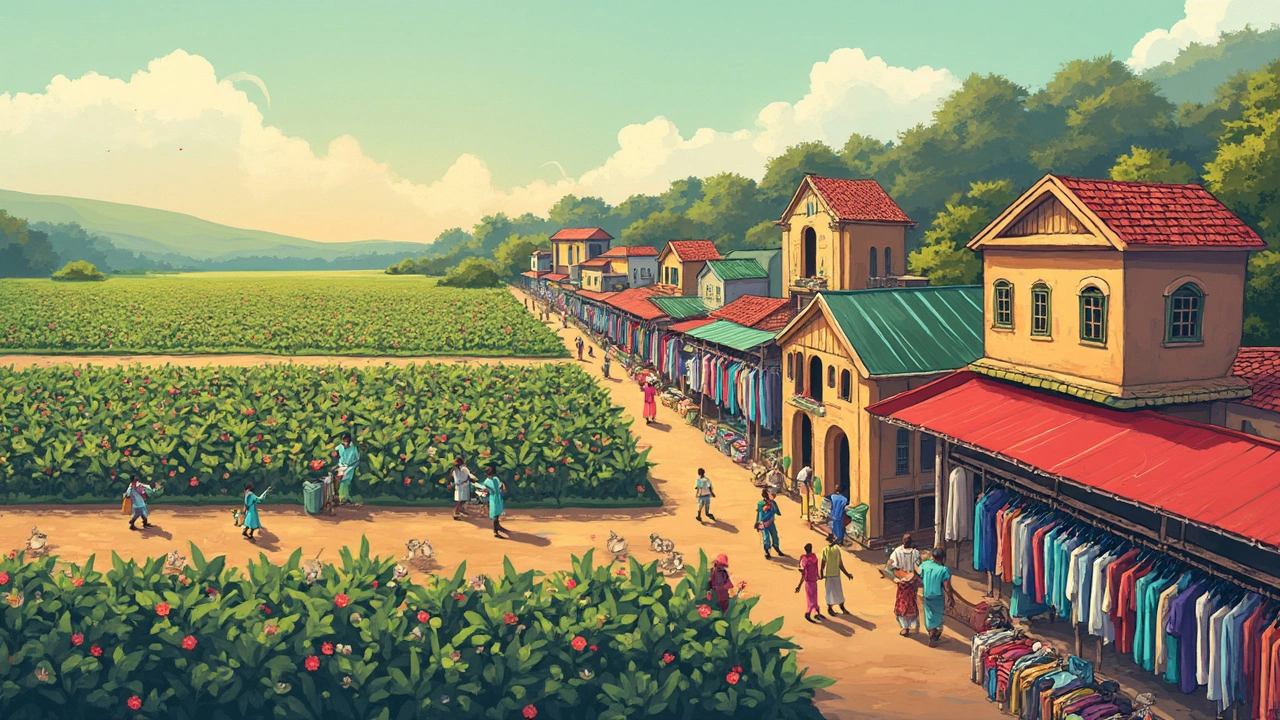T-Shirt Prices: How to Get the Best Value in 2025
Ever wonder why a plain tee can cost anywhere from a few bucks to over a hundred dollars? The answer lies in material, brand, production location, and the little extras that make a shirt feel different. Knowing what drives the price helps you spot a good deal without compromising on comfort.
What Makes a T-Shirt Cheap or Expensive?
First up, the fabric. Cotton is the go‑to for most tees, but not all cotton is created equal. Basic 30‑weight cotton runs cheap because it’s thin and easy to produce. Premium ringspun or organic cotton feels softer and lasts longer, so the price jumps. Blends like polyester‑cotton add stretch and moisture‑wicking, which can push the cost up a bit.
Second, the manufacturing process. Shirts made in high‑wage countries such as the US or Europe include higher labor costs, which show up in the final tag. Bulk production in Southeast Asia keeps prices low, but you might see variations in stitching quality. Look for consistent seams and reinforced collars – cheap often means shortcuts.
How to Shop Smart and Save
Timing matters. End‑of‑season sales, festive discounts, and online flash deals can shave 30‑40% off the original price. Sign up for newsletters from brands you like; they usually send a first‑order coupon. Don’t forget clearance sections – older colorways or styles are often marked down but still made from the same good fabric.
Bulk buying is another trick. If you need basics for a team or a family, ordering a pack of 5‑10 tees drops the per‑shirt cost dramatically. Just make sure the material and fit suit everyone; buying in bulk means you’re stuck with the same cut.
Lastly, compare the price per ounce of fabric. A $12 tee that feels thin might actually cost more per wear than a $22 thicker shirt that lasts twice as long. Calculate how many washes you expect before it looks worn, then decide which offers the better bang for your buck.
In short, t‑shirt prices aren't random. They reflect fibers, labor, brand reputation, and how many shirts you buy at once. Keep an eye on fabric type, production origin, and seasonal sales, and you’ll build a wardrobe of tees that feel good without draining your wallet.

